Backstage in the Wild: Yale Insights into Chimpanzee – David Watts (2012)
This short but densely informative interview is a must-see resource about our closest primate cousins, the chimpanzees. Yale University Anthropologist Dr. David Watts educates us about social interactions and behavior of chimpanzees based on what has been learned from long-term non-Human primate observations. Observation of his and his co-workers at the University of Michigan from the Kibale National Park and Ugandan national park Ngogo formed the basis for feature films such as the Chimpanzee made by the veteran BBC filmmaker […]

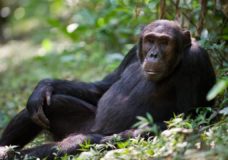
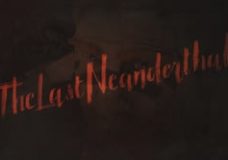


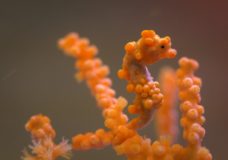
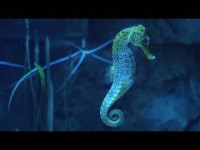
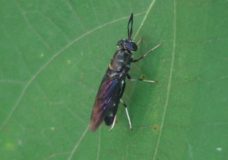
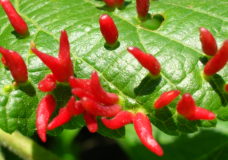
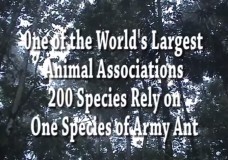
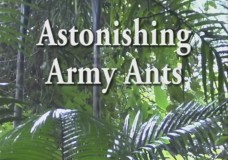
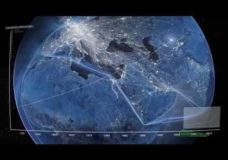


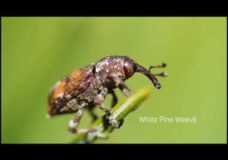
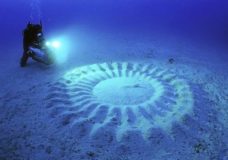

Recent Comments